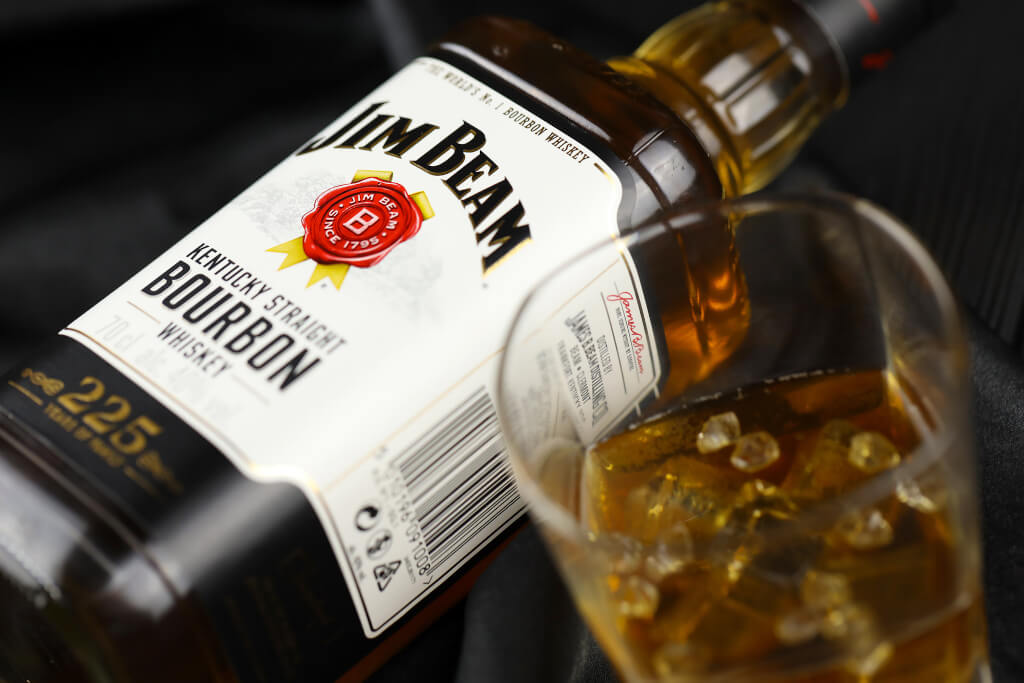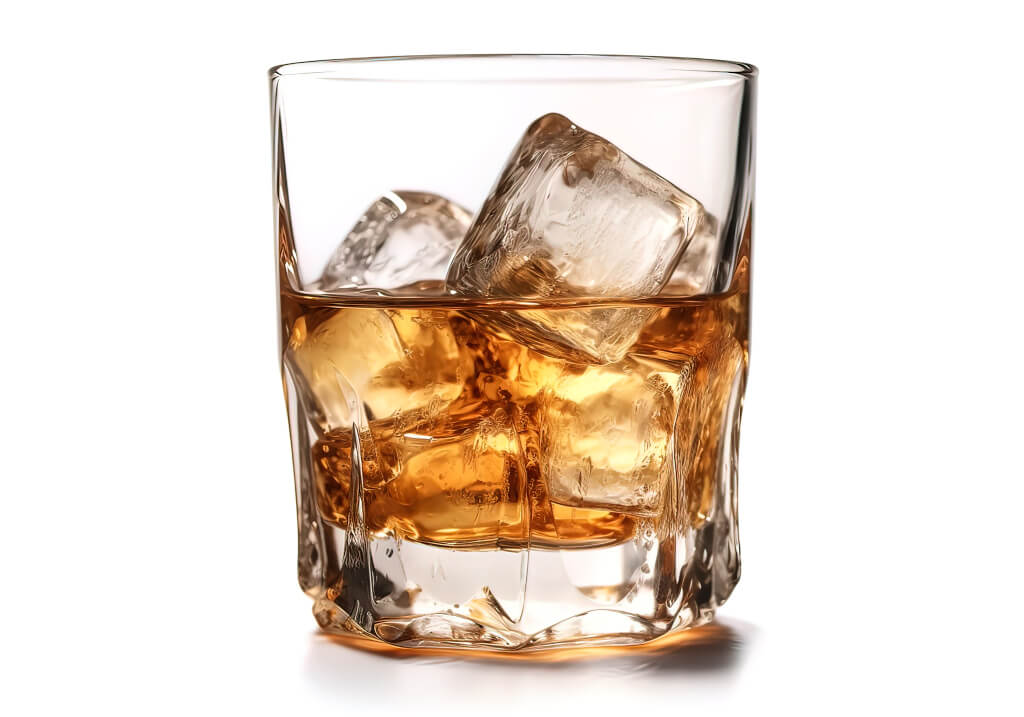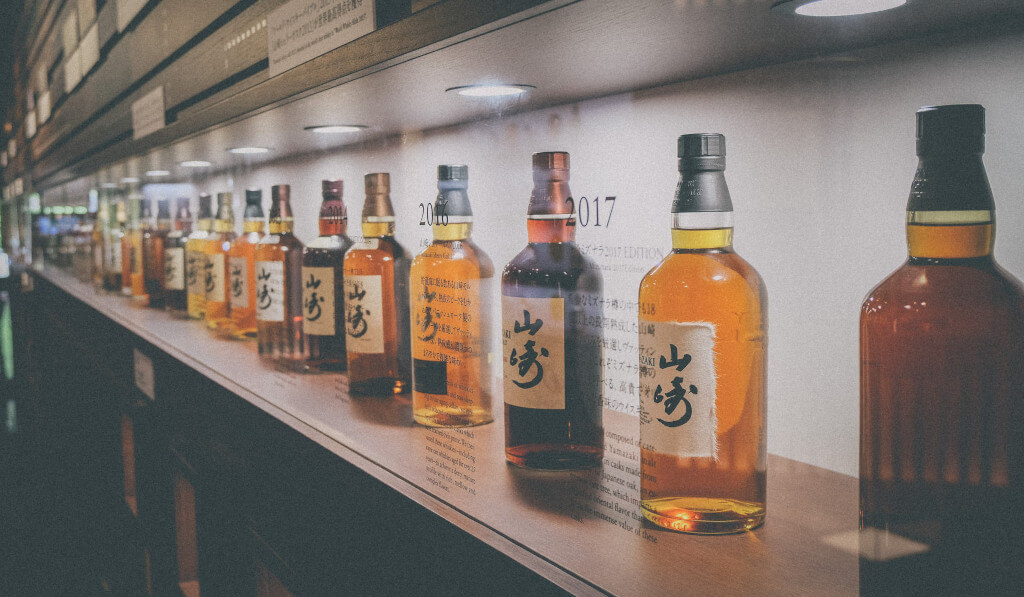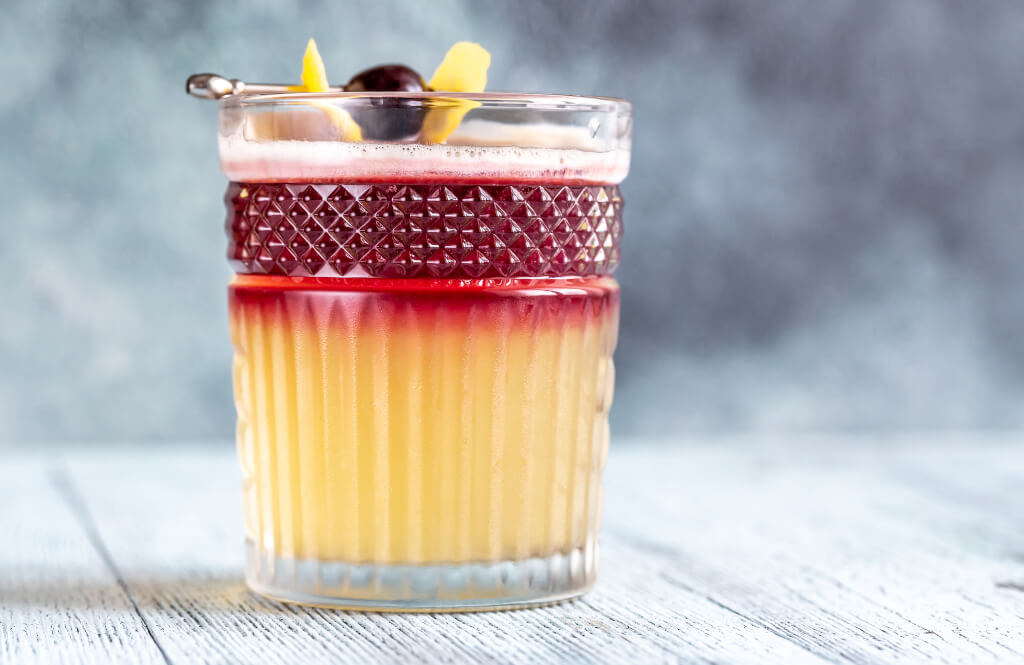Whether you’re a bourbon newbie or a Scotch connoisseur, reading the label is an important part of the experience. “Why bother?” some might ask. Why can’t we just drink it and enjoy it? Now, dear readers, picture being given a beautifully bound book written in a language you don’t know. Although its aesthetic value is undeniable, the tale behind it remains hidden. A bottle of whiskey, like a book, has a story to tell about where it came from, how it was made, and what it tastes like.
So that the next time you raise that glass, you’re not just drinking, but connecting with a story – the story that begins in a faraway distillery and ends on your taste buds – allow me to be your spirited sherpa and lead you through the grand tapestry of whiskey labelling, from age statements to origin intricacies.
Whiskey Labelling Fundamentals
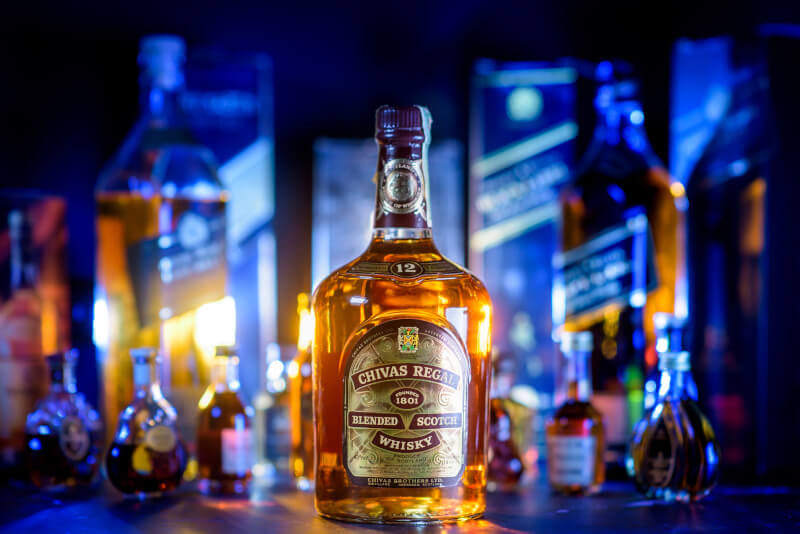
Words You’ll Often See on Whiskey Bottles
Keep your highball glasses ready, because we’re about to dive into the lexical maze that is whiskey. Words like “Single Malt,” “Blended,” “Grain,” “Bourbon,” “Rye,” and more will be crammed into the tiny piece of paper that’s stuck to the bottle. We’ll get to each of these terms in due time, but for now, know that they’re not meant to scare you away but rather to usher you into the intricate world of whiskey.
Whiskey Label Template
At first glance, a whiskey label may look as baffling as a cryptic crossword problem, but don’t worry; it has its internal logic. The whiskey type, age statement, and proof (the percentage of alcohol by volume) follow the distillery’s name on most labels. The batch number, country of origin, and taste remarks could also be included. Brace yourself for a deep dive into the fascinating world of whiskey labels, as we’ll be discussing each of these aspects in depth.
How to Read The Age Proclamation
Is There Any Meaning to This Age Proclamation?
The “aged” designation on a bottle of whiskey represents more than just a number—far more. This simple number acts as a passport, detailing the lengthy voyage taken by the whiskey. The indicated age is the total number of years the bottle’s youngest whiskey was aged in the cask. The spirit absorbs the flavours of the cask, relaxes, and develops its distinctive character during this time, so it’s not exactly a relaxing vacation.
Legal Restrictions on Giving Out The Whiskey’s Age
Labelling is subject to stringent regulations in most parts of the world. For example, if a bottle of Scotch labels itself as “12 years,” you may be confident that not a single drop inside is younger than that. A distillery could expect warning letters and possible fines if they lie about the age of their product.
Distinct Whiskey Varieties and Their Traits
Here in the whiskey world, Scotch and Bourbon can be found sitting next to each other at the same table, and Rye can be found eating with the Irish. The manufacture of one style of whiskey is not the same as that of another. To be called “Bourbon,” America’s national treasure, the grain blend used to make it must contain at least 51% maize and be matured in fresh, charred oak barrels. Scotch, the stoic Highlander, must be produced in Scotland and matured for at least three years in oak barrels. Smooth as silk, Irish whiskey can only be made on the island of Ireland, where it is distilled and matured. And American or Canadian Rye, you can always count on a spicy, hearty flavour.
Whiskey Label Deciphering: Classifying the Spirit Within
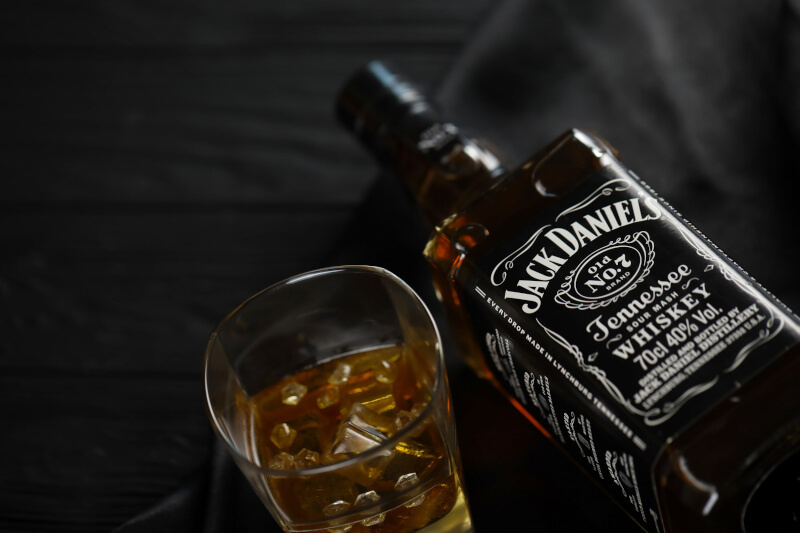
The good news is that you don’t have to be Sherlock Holmes to figure out what kind of whiskey you’re dealing with. You can tell what kind of whiskey it is by reading the label; try to find the terms “Bourbon,” “Scotch,” “Irish,” or “Rye.” If you want to get the best bottle of spirits, put on your reading glasses and browse the shelves carefully.
The Role of Geography in Whiskey Production
Position, placement, placement! The origin puts a huge effect on whiskey, much as how your hometown may have influenced your accent. A whiskey’s “terroir” comes from the water used in the distillation process, the local environment that affects the aging process, and the region’s distinct distilling traditions. This French term has its most common application in the winemaking industry, and it describes how natural conditions shape the final product. Whiskey’s unique characteristics, from the smoky peatiness of an Islay Scotch to the sweet, caramel flavours of a Kentucky Bourbon, are all thanks to its location of origin.
Labelling That Specifies the Country of Origin
It’s not hard to pin down where a bottle of whiskey was born. Try to find the location names on the label. If the label says “Kentucky,” “Tennessee,” or “Texas,” then you know you’re looking at American whiskey. Whiskies labeled with “Scotland,” “Ireland,” “Canada,” or “Japan” are Scotch, Irish, Canadian, or Japanese, respectively. Don’t let that fool you into believing that whiskies from the same region all taste the same, though; there’s lots of delightful variety within each region.
Proof and Alcohol by Volume (ABV)
Those large numerals on the bottle are enough to strike fear into anyone. They aren’t simply for the show on the label; they actually provide useful information! The proof of an alcoholic drink indicates its potency, or how probable it is to knock you flat. whiskey with a 50% alcohol by volume (ABV) is considered 100 proof in the United States. Absolute alcohol volume (ABV) is the quantity of pure alcohol in a given volume.
Identifying the Alcohol Percentage on the Bottle
Proof may sound difficult mathematically (especially after a few drinks), but with this label, it’s a piece of cake. Find the number followed by “% ABV” to learn the percentage of alcohol by volume. In what way? In the United States, it will be prominently displayed, typically next to the alcohol by volume (ABV). Knowing the alcohol percentage will help you choose the right drink, whether you want a mild cocktail or a potent firewater. Yes, please!
Why Distillery Information Is So Crucial
Like having a favourite band, a favourite distillery might help you narrow down your whiskey options. Distilleries’ various flavour profiles are the result of their approaches to manufacture, yeast strains used, and aging procedures. Learning about the distillery will help you appreciate the history and artistry that went into making the bottle.
How to Read a Label for the Name and Location of the Distillery
How then do you locate this vital distillery information on the bottle? The brand name will usually be shown prominently (such as “Jack Daniel’s” or “Glenfiddich”). The distillery’s name is often prominently displayed if the bottle contains a single malt. Brand names can sometimes overshadow the actual distilleries that go into making a blend. If you’re very curious about the whiskey’s history, you might be able to track down further details by looking for the batch number. Let’s hear it for the detectives!
Understanding Label Jargon
Common Whiskey Label Terms and Their Meanings
It’s time to decipher the meaning of those mysterious sentences on our favourite packaging! The term “single malt” is used to describe whiskey manufactured from malted barley and produced by a single distillery. A “blended malt” consists of separate malts from various distilleries. While “single cask” indicates that the whiskey came from a single barrel, “grain whiskey” refers to whiskey derived from grains other than barley. This language may appear to be intended to confuse you, but once you learn its meaning, you’ll be on your way to becoming a whiskey expert.
These are not empty phrases for use in social conversation. They provide vital hints about the contents of the bottle. A single malt whiskey, for instance, represents the distinctive flavour profile of a single distillery, whereas a blended malt whiskey represents a balanced combination of many flavours. It’s possible that grain whiskey is milder and smoother, and that whiskey aged in a single cask is an unforgettable experience. Knowing the lingo allows you to pick the whiskey that best suits your preferences, so it’s not just for show. That’s something to raise a drink to.
Unique Labels
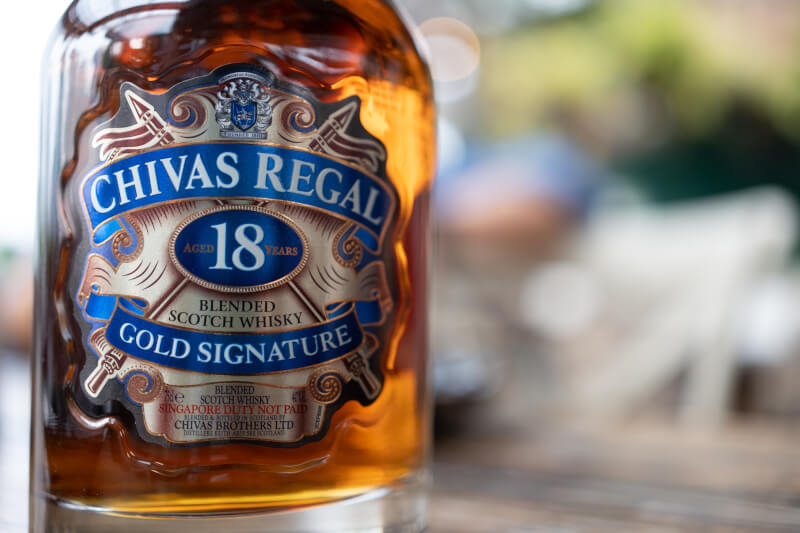
How to Read and Interpret Seals, Certifications, and Other Marks on Packages
We should talk about the shiny gold stickers and mysterious symbols. The Scotch Whiskey Association’s seal is one example of a quality certification, while a gold medal from the San Francisco World Spirits Competition is another example of a competition reward. Environmental certificates, organic labels, and information on fair trade practices may also be present. These are like the tail feathers of a peacock; they’re flashy and meant to draw attention.
The Importance of These Marks on the Price and Quality of Whiskey
Should you let yourself be blinded by the glitz of these accessories? Indeed, they may serve as indicators of a whiskey’s quality and congruence with your own beliefs. When a whiskey wins an award at a prestigious competition, it usually means it has impressed a panel of expert judges. If you care about things like the environment and fair trade, having relevant certifications could be vital. However, keep in mind that these ratings aren’t everything and that taste is subjective. The real test of a good whiskey is how much you like drinking it.
What You Need to Know About Whiskey Labels
Phew! It’s been a blast exploring the winding backroads of whiskey bottle art together. You now have the tools to read the age statement and identify the whiskey’s type, region of origin, proof level, distillery, vocabulary, and special label marks. You’ve graduated from the ranks of whiskey nomad to that of genuine-label luminary!
Put your new knowledge to work and improve your whiskey experiences. Grab that scary bottle, study the label, and wow your friends with your whiskey expertise. You could find your new favourite dram by complete accident. Never forget that you now speak whiskey label fluently and that every bottle has a tale to tell. So, toast your whiskey savvy with a toast and savour every sip of your carefully selected liquor. Whiskey expert here’s to you!

